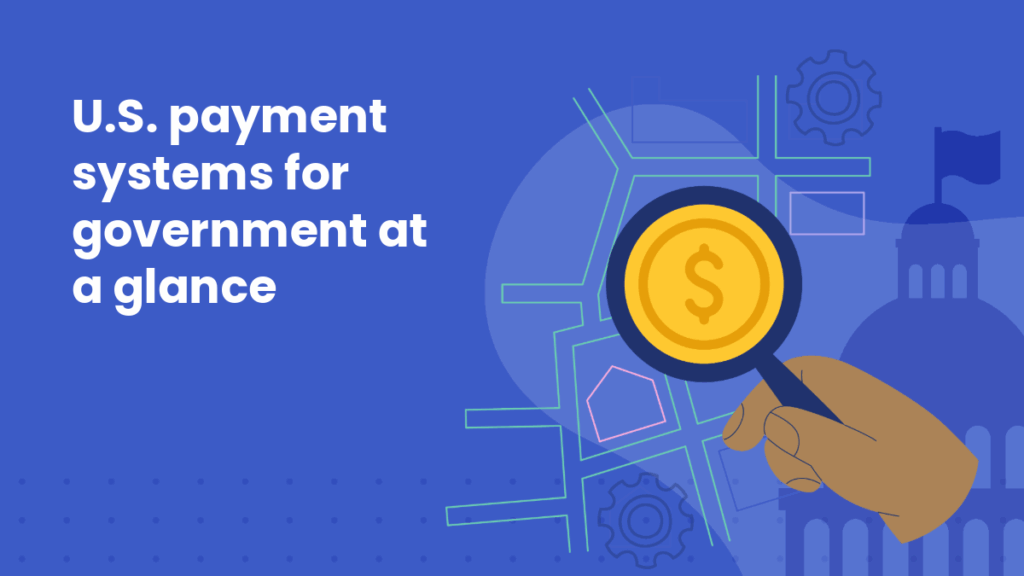Where are we now? Revisiting our 2024 government technology predictions

Around this time a year ago we made a few predictions and then started 2024 with a large survey exploring the state of digital government. Since we’re now heading toward 2025, let’s take a look at what we thought the industry would focus on (and what actually happened).
Looking back at our key trend predictions
A view of what’s happened throughout the past year will make it easier to create an informed 2025 strategy — one that takes tech advances, missteps, industry momentum, and budget constraints into consideration.
Just to refresh, this is what we talked about last year:
On demand:
And a quick read: 5 key trends that will demand your attention in 2024
Here are five things that stand out:
1. A better digital experience helps promote itself
Good experiences make a surprisingly meaningful difference for residents and agencies. When the solution works, agency staff don’t have to “sell” digital. People now expect government services to be as easy as everyday online shopping, and once the shift to digital has been sparked, the results, reviews, and word-of-mouth do some of the heavy lifting for you.
For government staff, the effort to launch a quality digital solution and promote it to residents pays off. As early adopters start to use the platform, other residents will go on social media and see positive reviews — and that’s oftentimes a good nudge toward making a payment online.
People are more trusting of their friends and neighbors than they are of the government in general. Our 2024 consumer study confirmed that younger generations, especially, can be swayed by social proof and great reviews.
2. Increasing digital adoption means government agencies can do more with less
With budget constraints and staffing shortages, government IT leaders have been asked to do more with less. However, increasing resident adoption of digital government services helps improve internal processes for staff.
Agencies report that with digital solutions, a manual process that used to take hours can now be completed in a fraction of the time. For example, the Cabarrus County tax office reported that a process that once required multiple steps and was time-consuming now takes only about 10 minutes each day. Such drastic efficiency gains allow agencies to collect revenue faster, make account reconciliation easier, and disburse funds quickly.
With time freed up, staff can then work on projects that had been pushed to the side due to time constraints.
3. Digital government services that work for all benefit residents and government leadership
Sometimes, leadership gets a bit tunnel-visioned about the agency’s daily operations and what’s easiest for staff, but that doesn’t do much good if it doesn’t take into account the taxpayer’s satisfaction.
However, leaders have confirmed that digital government services make life easier for residents and government staff. A great user experience improves resident satisfaction and trust in their government (which reflects on the reputations of elected officials).
Things that seem simple, like not having to wait in line or make an extra trip to the post office to mail a check, make a big difference in people’s lives — and lead to an improved public perception of the agency.
4. Proactive communication from launch to reuse helps reinforce digital engagement
Agencies are tackling communication from every angle, starting with moving more resident interactions online. For the people who might miss announcements on social media, staff organize mailing campaigns, create bill inserts, and have informational videos playing in the hallway at City Hall.
Governments are also finding success with ongoing communication about service availability, upcoming deadlines, and educational content. Proactive messaging makes it easier for residents to self-serve. For example, common questions can be answered on an FAQ page or with a how-to video on the agency’s site.
As digital services get more intuitive and messaging shifts from reactive to proactive, digital interaction becomes the first and the default way for residents to interact with government.
5. AI was met with some excitement and a healthy dose of caution
Despite the hype around AI, we predicted some pragmatism in 2024 — and that’s exactly what we saw from government leaders. Agencies are starting to implement AI tools, but they haven’t taken over due to security concerns, accuracy issues, and possibly resident worries.
We found that (similar to other emerging technologies), people are still skeptical about the use of AI for government services.
Last year was all about grasping the scope of AI models they intend to leverage and figuring out what they can gain by using this technology. Going into 2025, we’ll likely see more official policies and defined AI use cases in digital government services.
2025 digital government: What we’re taking into next year
Thanks to the combination of throttled AI technology and cultural changes, digital government services went through a big shift last year. And as agencies continue to implement new tech, they’ll face security challenges, higher user expectations, and skepticism from residents.
Trust — from consumers, stakeholders, and agency staff — will be an overarching concern next year.
We’re expecting government agencies to focus on these key areas:
- AI governance and ethics
- User experience
- Internal upskilling and increased efficiency
- Security and compliance
Looking for more content?
Get articles and insights from our monthly newsletter.




